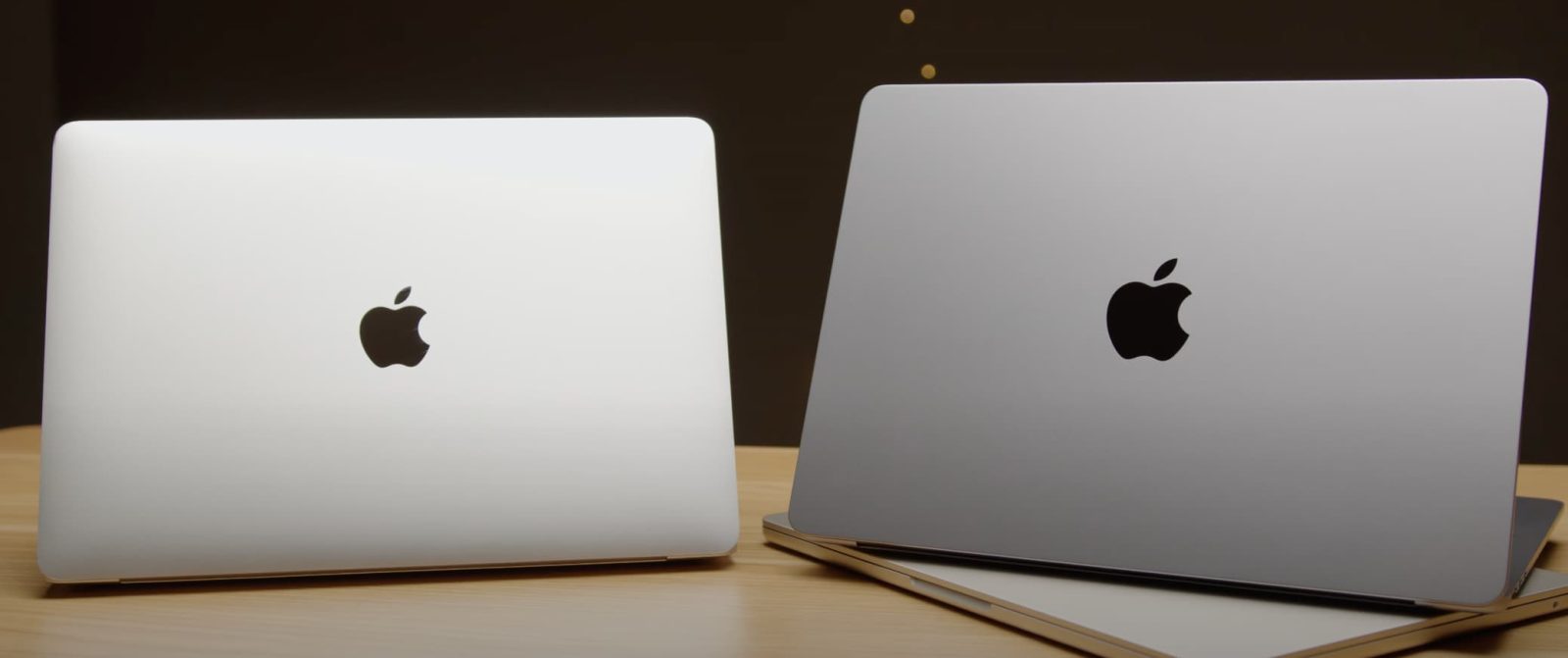
Apple @ Work is brought to you by Addigy, the ONLY real-time Apple device management platform that combines MDM with live agent capabilities to manage and secure your Apple ecosystem — regardless of your Mac-spertise. Visit addigy.com/9to5Mac for a free 14-day trial to see how Addigy helps you manage your Apple devices in real-time.
The Mac’s acceptance at work in the last few years is something many of us “old timers” are still amazed by. As remote and hybrid work has become a permanent part of our working society, it’s helpful to look back at what led Apple to its place at the top of the IT endpoint food chain.
About Apple @ Work: Bradley Chambers managed an enterprise IT network from 2009 to 2021. Through his experience deploying and managing firewalls, switches, a mobile device management system, enterprise-grade Wi-Fi, 100s of Macs, and 100s of iPads, Bradley will highlight ways in which Apple IT managers deploy Apple devices, build networks to support them, train users, stories from the trenches of IT management, and ways Apple could improve its products for IT departments.
IT teams have experienced a lot of change over the last few years. Employees are asking for more flexibility and less of a traditional “office” environment, clients are looking to outsource IT services and bring them in-house, and new technology is providing better access to information. The result? More remote employees, who need technology that can adapt and evolve with them.
I see 2007 as the tipping point when IT teams were forced to embrace Apple, but Apple has done a lot in the last 15 years to make their products easy to deploy, manage, secure, and retire through zero-touch technology. Once the iPhone was in the hand of every CEO, it was just a matter of time until the Mac joined it. Once they got a taste of Apple’s user experience, there was no going back.
What else led to Apple’s growth in the enterprise during the pandemic? Let’s take a look at four factors:
Tim Cook’s Apple: Supply chain perfection
Apple’s supply chain operations were critical to the Macs being available for businesses during the COVID-19 pandemic for a few reasons. First, the sudden shift to remote and hybrid work caused a surge in demand for laptops and other devices that could support remote work. Apple’s supply chain operations allowed the company to quickly ramp up production and meet this increased demand. Second, Apple’s supply chain includes a global network of suppliers and manufacturers, which allowed the company to continue producing and distributing its products even as the pandemic disrupted supply chains and travel. Finally, Apple’s supply chain operations are known for their efficiency and reliability, which helped ensure that businesses were able to get the Macs they needed in a timely and cost-effective manner. When I spot checked PC shipments from 2020 through earlier this year, I tended to find slower shipping options (months vs days).
Investing in management technology
Apple’s IT management technology (Apple Business Manager, Apple School Manager, and its device management APIs) allows IT administrators to remotely set up, manage, and secure devices, as well as manage users and their access to apps and services. Apple’s investment in its management technologies over the last decade has continued to improve the efficiency of how Apple IT admins manage their fleet of devices. With Apple’s technology for IT administrators, an entire fleet of Macs is as easy to deploy as a single one. Everything happens automatically from the first unboxing to the final retirement.
A commitment to a great user experience for every user
There are two ways to design endpoints: where it’s best for the user or where it’s best for IT. Apple has ALWAYS leaned on creating a great user experience while providing the best tools it can for IT admins. Apple’s commitment to user experience is important for people who use Macs at work for several reasons. Because computers are the primary way that many people accomplish their jobs, Apple has continued aim to build a great experience while protecting privacy. If you look at the three pillars: security, productivity, and privacy: Apple has balanced all three very well.
The Mac is reliable – plain and simple
Having reliable hardware is important for IT professionals when looking at computers for a few reasons. IT professionals are responsible for supporting the technology that their organizations use, which includes the hardware that runs the software and applications. If the hardware is unreliable or prone to failure, it can cause disruptions and downtime that can impact the organization’s productivity and ability to function along with the costs associated with repairs.
Outside of the Butterfly Keyboard fiasco, Apple has continued to make incredible hardware for businesses. I would argue the M1 MacBook Air is about the best absolute value for a business computer. Apple Silicon has, in my opinion, completely revitalized the Mac for a new generation.
Wrap up
Apple is well-positioned to continue growing in the enterprise over the coming years. It has navigated supply chain challenges better than anyone, the Mac is at a very healthy place, and Apple has built out the tools needed for IT to be successful. What a time to be an Apple customer.
Apple @ Work is brought to you by Addigy, the ONLY real-time Apple device management platform that combines MDM with live agent capabilities to manage and secure your Apple ecosystem — regardless of your Mac-spertise. Visit addigy.com/9to5Mac for a free 14-day trial to see how Addigy helps you manage your Apple devices in real-time.

FTC: We use income earning auto affiliate links. More.









Comments